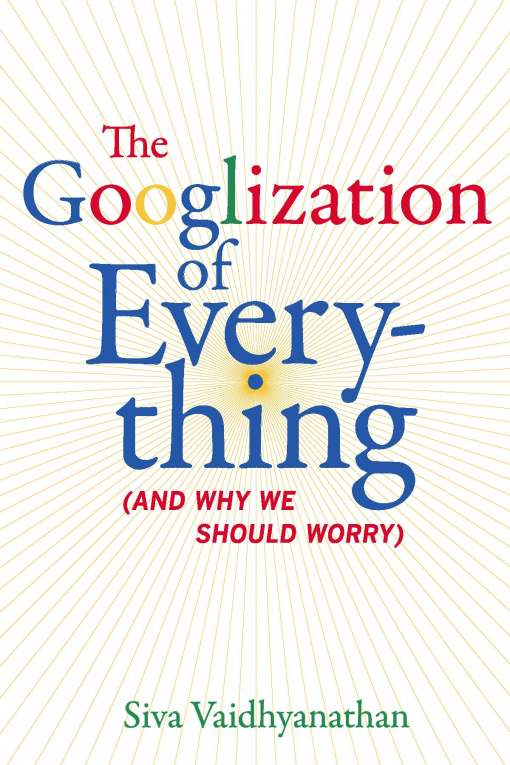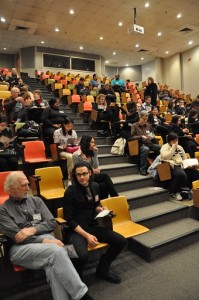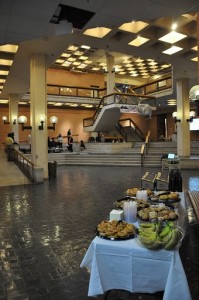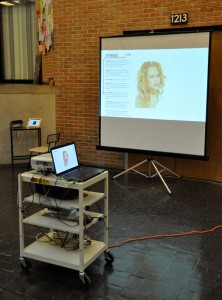A recent Salon.com piece by Bonnie Stewart (a previous Cyborgology contributor) offers an interesting analysis of Klout, the increasingly popular tool for measuring personal value and influence. The Klout site explains:
Our friendships and professional connections have moved online, making influence measurable for the first time in history. When you recommend, share, and create content you impact others. Your Klout Score measures that influence on a scale of 1 to 100.
and
The Klout Score measures influence based on your ability to drive action. Every time you create content or engage you influence others. The Klout Score uses data from social networks in order to measure:
- True Reach: How many people you influence
- Amplification: How much you influence them
- Network Impact: The influence of your network
Stewart criticizes the idea of rationalizing our online interaction (i.e., submitting them to greater efficiency, calculability, predictability, and control). She also notes that Klout is limited in that it fails to measure how our online actions influence (i.e., augment) activity in the offline world. Finally, she discusses how knowledge that Klout exists influences the way people behave online, making them more inclined to act in such a way as to improve their score. Cyborgology editor Nathan Jurgenson recently described this tendency to view our present actions from the perspective of the documents they will eventually produce as “documentary vision.” more...












